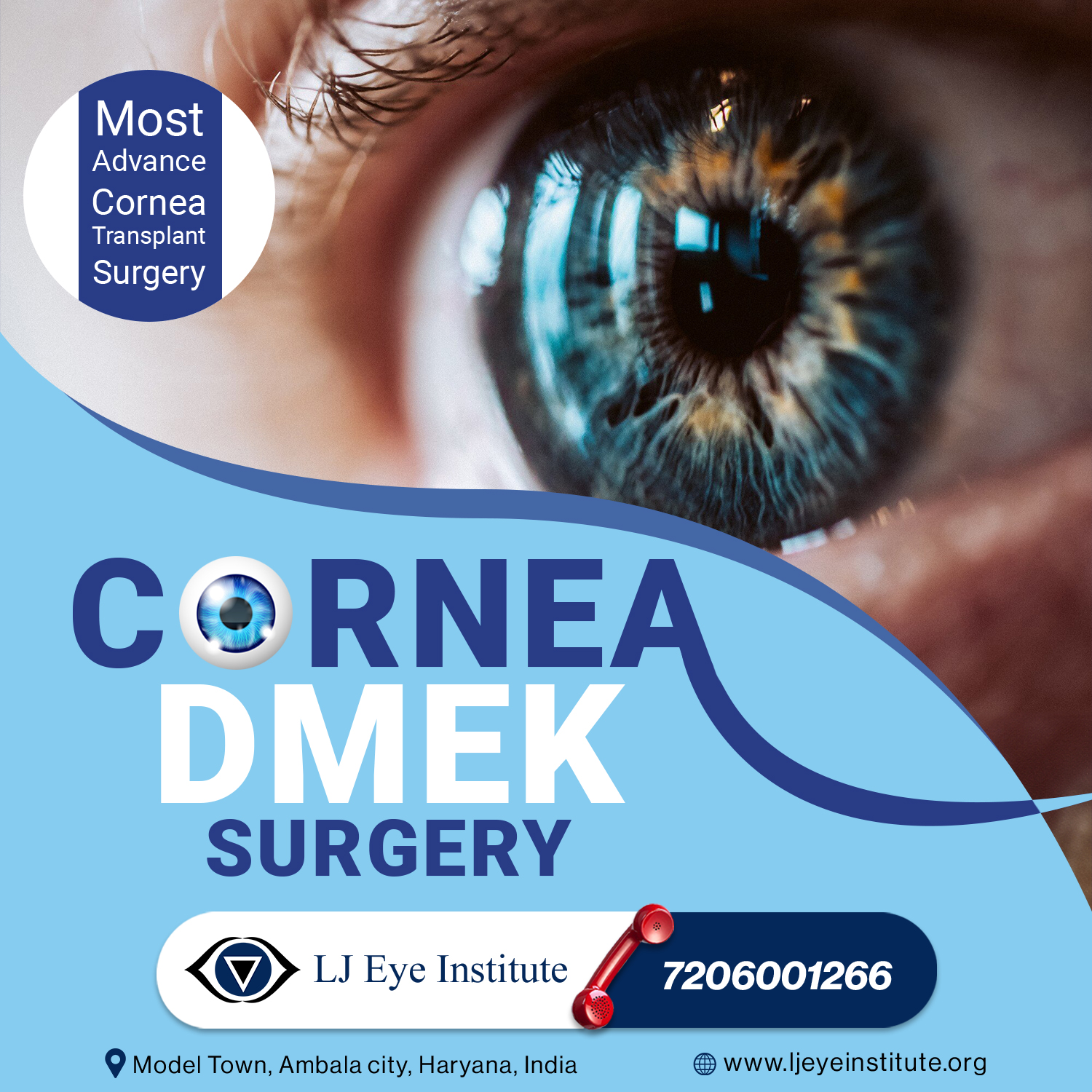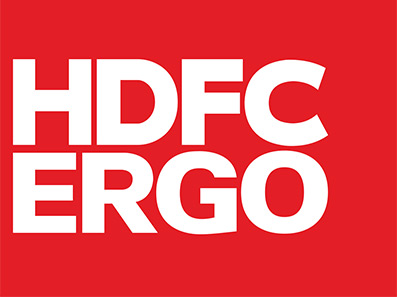Optical Penetrating Keratoplasty
complete replacement of the host cornea with a full-thickness donor corneal graft
In Numbers
Demographics
Technology / Innovation
LJEI is equipped with all the latest and rare Machines / Technology including AI.
Research
We preserve every single case study to handle any complex situation and publish research papers time to time.

Optical Penetrating Keratoplasty Surgery In India
Explain Optical Penetrating Keratoplasty
If a patient suffers poor vision or chronic pain from a corneal condition, disease, or injury, they are likely a good candidate for a corneal transplant. Because penetrating keratoplasty involves a complete transplant of the cornea, it is often the best treatment option for those with more severe corneal disease.
Optical Penetrating Keratoplasty In Details
Corneal diseases are one of the major causes of
blindness and visual impairment in developing
countries. Corneal transplantation, also known as
corneal grafting or penetrating keratoplasty, is a surgical
procedure where a damaged or diseased cornea is
replaced by donated corneal tissue which has been
removed from a recently deceased individual having
no known diseases which might affect the viability of
the donated tissue.
Although newer modalities of keratoplasty have come
into play but penetrating keratoplasty (PK) still remains
the gold standard in corneal conditions involving full
thickness of the cornea. Corneal transplantation has
two major types, penetrating keratoplasty (PK) and
lamellar keratoplasty (LK). The term penetrating
keratoplasty (PK) commonly refers to surgical
replacement of a portion of the cornea with that of a
donor eye. Lamellar keratoplasty surgery consists of placing a partial thickness donor corneal graft in a recipient corneal bed that is prepared by lamellar dissection of diseased anterior stoma corneal tissue.
What are the indications for optical keratoplasty?
What are the indications for PK?
What is the vision after penetrating keratoplasty?
Does keratoplasty improve vision?
What Is A Lamellar Keratoplasty?
What Is An Endothelial Keratoplasty?
DMEK Surgeons at LJEI

Dr. Vikas Mittal
Performed 2500+ DMEK Surgeries
20+ Years Experience

Dr. Neha Jain
Performed 800+ DMEK Surgeries
10+ Years Experience
Indications
Fungal Keratitis
bullous keratopathy, keratoconus, dystrophies, degenerations and scarring.
Tectonic grafting may be carried out to restore or preserve corneal integrity in eyes with severe structural changes such as stromal thinning and descemetocele.
Therapeutic corneal transplantation may afford removal of infected corneal tissue in eyes unresponsive to antimicrobial therapy.
Cosmetic grafting may rarely be performed to improve the appearance of eye.
Available Cornea Treatments at LJEI
DMEK Surgeries
DSEK Surgeries
We feel proud to say that our doctors train various Cornea techniques to National and International doctors.
Most Advanced Eye Transplant Techniques Available
At LJ Eye Institute we use most advanced Eye Transplant techniques whichever is available in the world, which further help to increase the success rate. Where using traditional techniques the success rate is 70% to 75%, the new techniques increase the success rate to 90% to 95%.These advanced techniques includes DMEK, DALK, DSEK, using such techniques we need not to change whole Cornea and we change only One or required number of layers of Cornea.

Technology @ LJEI
Technology Available For Cornea Treatments at LJEI
LJ Eye Institute employs ultra-advanced technologies for Cornea Transplant procedures.
- We utilize Femtosecond LASER technology for Cornea Transplants, ensuring precision and accuracy compared to conventional blade methods.
- Our facility is equipped with specialized equipment including Specular Microscope for assessing corneal power, Topography, Pentacam, Anterion, and OCT for comprehensive evaluation.
- We integrate the latest available technologies from around the world to achieve the highest success rates in Cornea Transplants.
- For pediatric cases, we have a dedicated spare system and have extensively researched Pediatric Cornea diseases, with publications in national and international medical journals.
- LJ Eye Institute is at the forefront of Stem Cell Transplantation, particularly in the pioneering SLET technique, with numerous published papers showcasing our advancements and modifications in the field.

Still Have Questions?
Cornea Patients Feedbacks

Your content goes here. Edit or remove this text inline or in the module Content settings. You can also style every aspect of this content in the module Design settings and even apply custom CSS to this text in the module Advanced settings.

Your content goes here. Edit or remove this text inline or in the module Content settings. You can also style every aspect of this content in the module Design settings and even apply custom CSS to this text in the module Advanced settings.

Your content goes here. Edit or remove this text inline or in the module Content settings. You can also style every aspect of this content in the module Design settings and even apply custom CSS to this text in the module Advanced settings.

Your content goes here. Edit or remove this text inline or in the module Content settings. You can also style every aspect of this content in the module Design settings and even apply custom CSS to this text in the module Advanced settings.

Your content goes here. Edit or remove this text inline or in the module Content settings. You can also style every aspect of this content in the module Design settings and even apply custom CSS to this text in the module Advanced settings.

Your content goes here. Edit or remove this text inline or in the module Content settings. You can also style every aspect of this content in the module Design settings and even apply custom CSS to this text in the module Advanced settings.
Empanelments



















